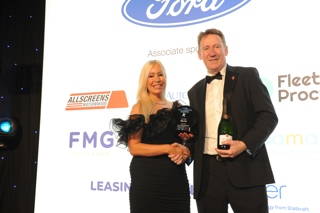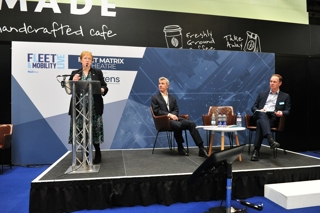Public sector fleets are adopting a range of measures in preparation for an expected cut in budgets of up to 25% in the coalition government’s spending review and to meet their tough environmental targets.
With cuts likely to exceed £100 million for many local authorities, reducing the size of the fleet is one of the actions under consideration.
However, Ray Adkins, transport manager at Leicestershire Constabulary, warns that simply reducing fleet size does not necessarily result in major savings.
“We reduced our fleet by 40 vehicles but we found that the savings weren’t significant,” he told a Fleet News public sector roundtable. “If you take cars out you have to reduce work as well. We only made a 50% saving because we have not stopped doing the work – it has been put onto other cars.”
However, he concedes that utilisation has improved as a result of the action.
Graham Crow, transport manager at neighbouring Northamptonshire Police highlights another issue: “Reductions in fleet size are long-term savings not short-term. You save when you would’ve replaced the car in a few years time.”
It means that simply reducing fleet size will not bring the immediate savings needed to meet government spending review targets.
A sweeping approach to reducing costs will hit the most efficient fleets hardest – they will find it most difficult to extract large savings from their well run operations. In contrast, fleets that are poorly managed will have ample opportunity to strip out cost.
A number of organisations plan to review their funding options. Two universities – Birmingham and Warwick – are considering switching from leasing to outright purchase.
“Our policy was to lease but most of our vehicles operate within five miles of the campus,” said Graham Hine, transport manager at University of Warwick. “Outright purchasing 75 vehicles over five years will save us £500,000. Our intention is to move to outright purchase in two years’ time.”
Monica Guise, University of Birmingham transport manager, added: “We have a 10-year strategy to change all the fleet from lease to capital purchase.”
Jug Johal, head of transport, car parking and security at Northern Lincs & Goole Hospitals, has no plans to switch funding methods because the payback is too long. His immediate priority is to tackle the grey fleet.
“The mileage rate incentivises employees to use their own vehicles so anyone that is required to be mobile is offered a lease car – then we are in control and it addresses duty of care, CO2 emissions and costs,” he said.
“We have a clause that if they turn down a lease car, their mileage rate is reduced to the public transport rate of 24p per mile.
“We also operate a park and ride scheme with 210 staff signed up. Funding from car parking changes is reinvested into other schemes such as cycle to work. And we have introduced shuttle buses to move people from one site to another.”
Johal’s initiatives have cut grey fleet mileage by just over one million miles since implementation.


















Login to comment
Comments
No comments have been made yet.